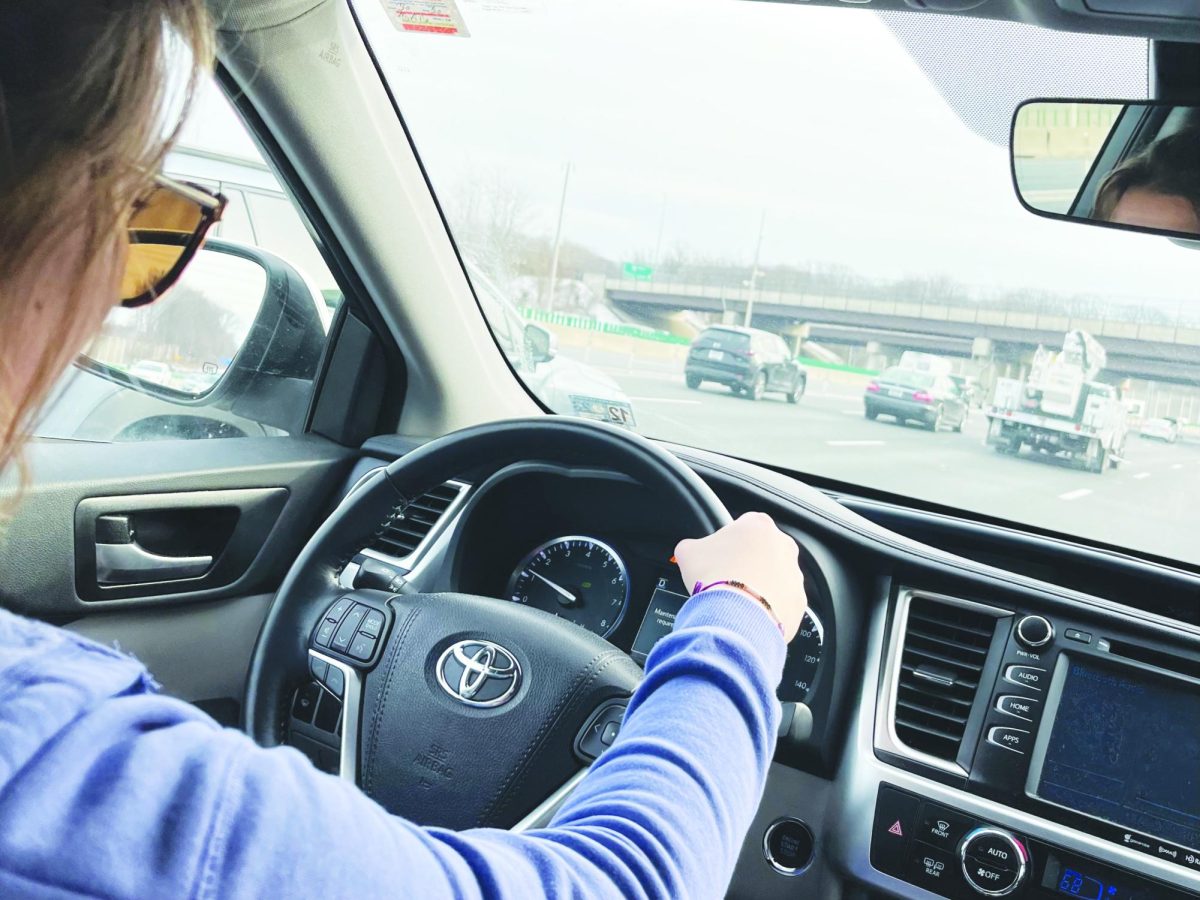Driving accidents are common among teens and are more than twice as common among teens with ADHD. As of 2023, driving-related accidents are the leading cause of fatality among teens according to the World Health Organization. The risk for multiple collisions that may lead to death increased by 2.2 times among teens with ADHD, as observed in a large naturalistic study done in 2022 by the National Institute of Health.
Teens with Attention Deficit Hyperactivity Disorder who have started driving or who are looking to get their license are faced with more challenges than teens without the disorder. ADHD can affect and look different in teens especially while driving.
ADHD is a neurodevelopmental disorder that affects the prefrontal cortex of the brian and can be present in people of all ages, including teenagers. According to the CDC, ADHD affects 13% of teens. Teens with ADHD can have trouble controlling impulsive behaviors, be overly active, and overall have a harder time paying attention.
A teen with ADHD who also has trouble staying focused should also not create additional distractions for themselves. Distractions, such as radio, passengers, or mobile devices, are dangerous for any driver but can be particularly problematic for individuals with ADHD because they may be more susceptible to external stimuli.
Jack Barnes, a sophomore with ADHD at AHS said, “I keep the volume of music down and the windows up to minimize sounds that may distract me. I also make sure that when I am driving I look at the whole road and things around me to avoid being fixated on just the thing in front of me.”
Another aspect of driving with ADHD is impulsivity, which is common to the disorder. While driving, having impulsive behaviors can lead to many dangerous situations that can not only harm the driver but also others on the road. Some impulsive manners are speeding, abrupt lane changes, or failure to consider potential consequences.
According to ADHD educator Kathy Essig, “there’s that level of impulsivity where somebody else [without ADHD] might be able to say, ‘I forgot to put my phone on silent, and I really want to know who just texted me, but I can’t,’ whereas that isn’t necessarily going to be the trajectory for someone with ADHD.” These impulsive behaviors can be hard to control, and the danger created from them is so great that Essig recommends teens with ADHD should wait a year or two before getting their driving permits and licenses.
“They have proven, through studies, that somebody with ADHD during these developmental years can be up to five years behind others in their self regulation, boys more than girls,” Essig said. It is necessary that those with ADHD applying for driving permits or licenses understand the impacts of impulsivity and their own ability to self regulate.
Driving with distractions can result in drivers with ADHD becoming anxious, especially during anxiety-inducing situations. Not only that, but due to ADHD some drivers may experience anxiety around even the idea of driving. When experiencing anxiety, the brain loses control of emotional processing, including the amygdala. The amygdala and prefrontal cortex (executive functions) are connected, so when the amygdala is affected the prefrontal cortex is also.
According to Essig, when dealing with anxiety on the road it is important that drivers with ADHD are “making really good choices and recognizing that your safety in your life is way more important than the timing of where you should have been somewhere.” Keeping things in perspective is vital for staying safe.
Drivers without ADHD must be aware of the risks that come with sharing the road with ADHD drivers. Increased distractibility, impulsivity, poor judgment and decision making, and thrill-seeking are all tendencies that may appear in drivers with this disorder.
“I believe that having a bad attention to things around me puts me and others on the road at risk, forcing me to put much more effort in while driving than other people might need,” Barnes said.
Nonetheless, there are many prevention and safety measures these drivers can take to reduce the number of accidents and traffic violations that commonly happen to drivers with ADHD.
Firstly, Essig recommends the following safety tips for drivers regardless of whether or not they have ADHD but especially when they do: no cellphone use, limit the use of GPS when possible, do not listen to anything or only listen to instrumental tracks and remove oneself from anxious or challenging situations.
ADDtitude magazine agrees with these safety tips as well as suggests that drivers with ADHD be cautious while choosing passengers, and create a travel plan and organize beforehand to give drivers enough time to arrive, which can help to limit any impulsive decisions or risky actions on the road.
Additionally, Children and Adults with Attention-Deficit/Hyperactivity Disorder (CHADD) recommends taking “stimulant medication for ADHD” as it “significantly improves the driver’s ability to pay attention to traffic on the road and to better follow traffic laws.” This is relevant because according to PsychCentral, “the research shows that around 22% of car accidents involving people with ADHD were avoidable if the person had been using medication.” While medication is not for everyone, it can increase driver protection on the road by regulating ADHD tendencies.
Any driver would benefit from following the guidelines for ADHD drivers but for those with the disorder, it is more a matter of life or death.
Driving with ADHD and distractions
An in-depth perspective of ADHD drivers behind the wheel
January 31, 2024
Sophomore Lily Rumpf cruising down the highway tuning out distractions, staying focused and safe while driving
Story continues below advertisement
About the Contributors

Zoe Ligairi, Lifestyle Editor
Sophomore Zoe Ligairi is in her first year at the A-Blast as the Lifestyle Editor. She is currently an AWC tutor, the founder and president of the Pasifika club and is eager to join other clubs at the school. In addition to clubs, Zoe plays Volleyball and Softball for Annandale. In her free time, she enjoys reading, thrifting, listening to music and spending quality time with her family and friends.

Sophia Sewall, Staff Writer
Sophomore Sophia Sewall is starting her first year of journalism as a staff writer. She plays varsity golf and softball for Annandale. She likes to listen to music, watch movies, and go to the gym. She loves to spend time with friends and plans to join Special Olympics and Girls Up this year.






